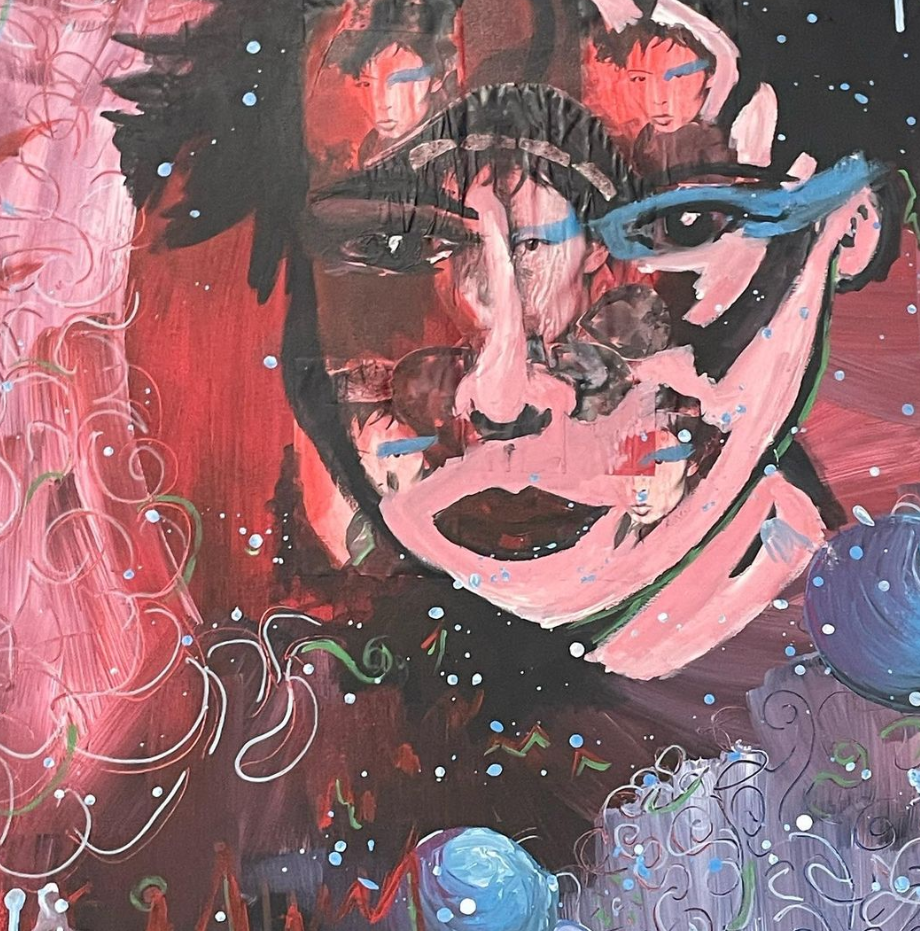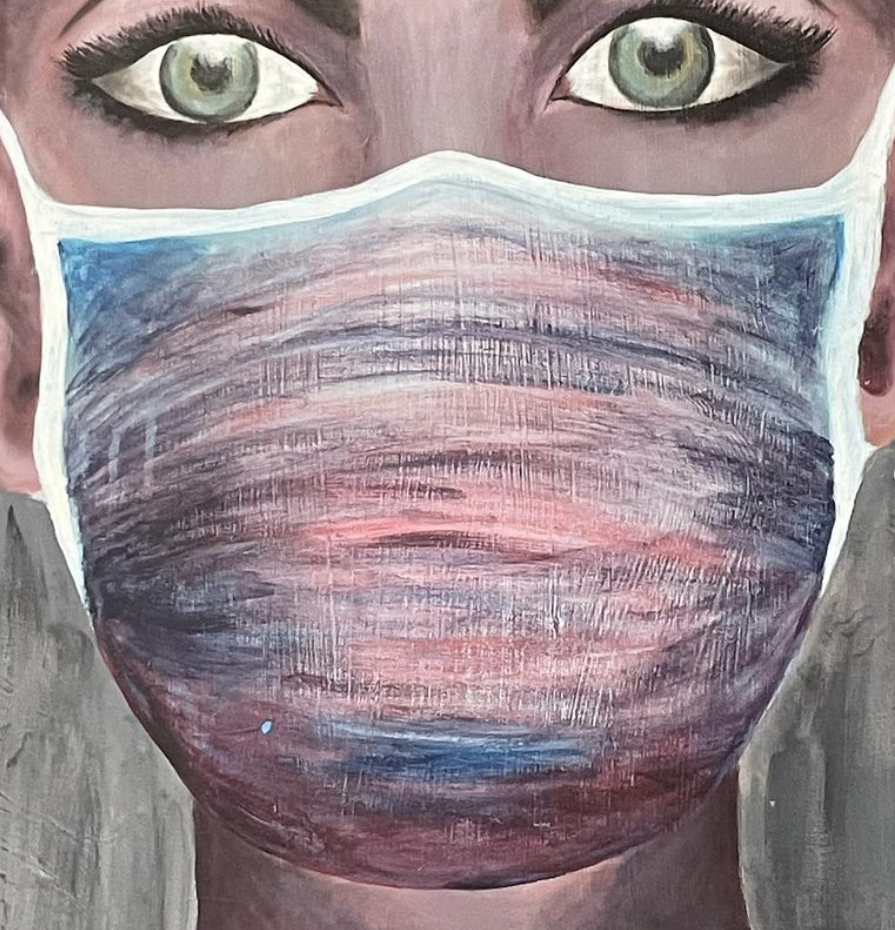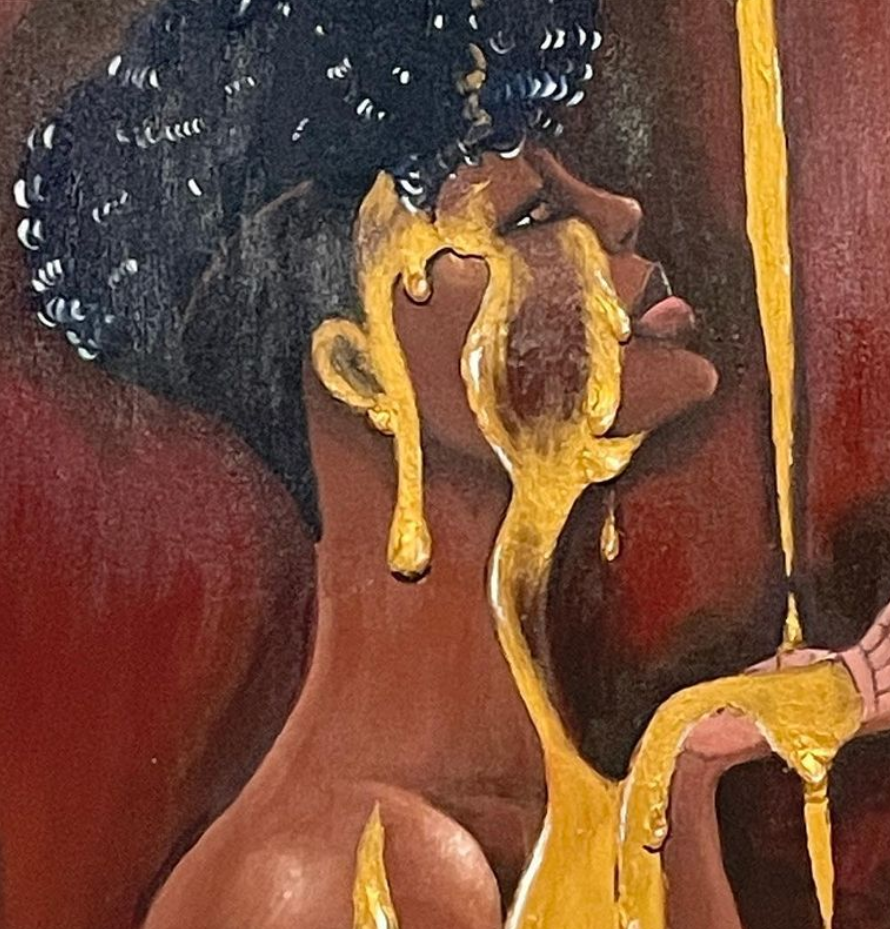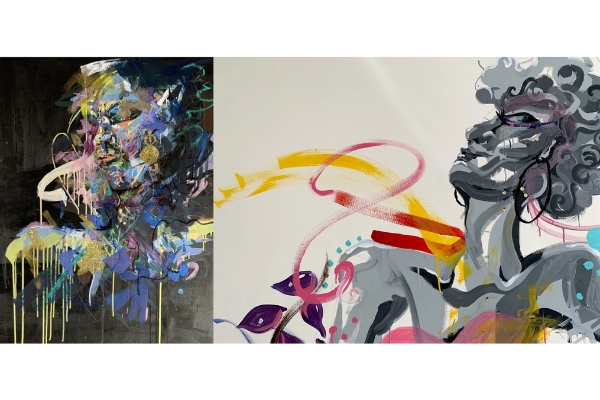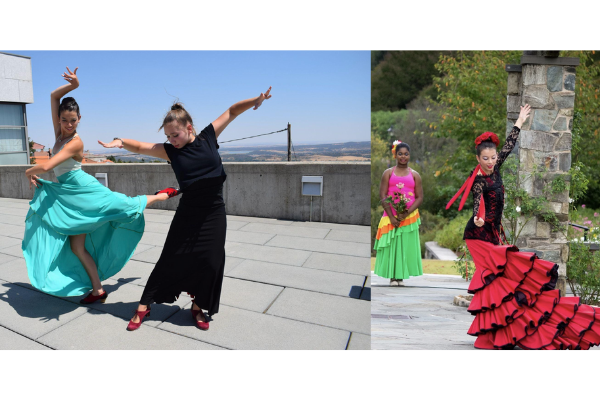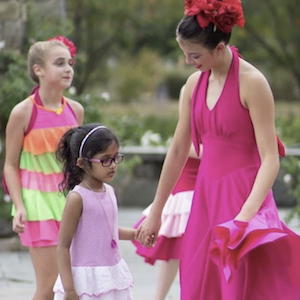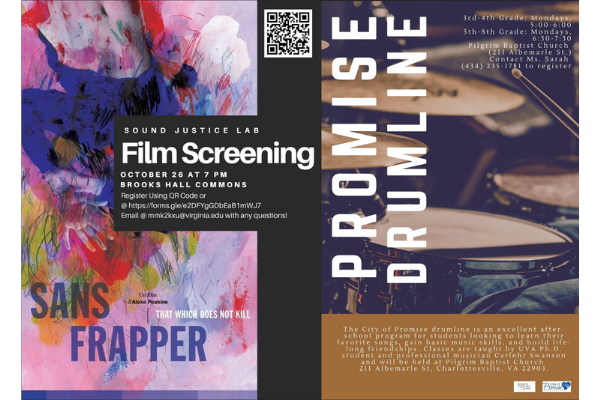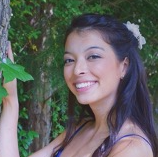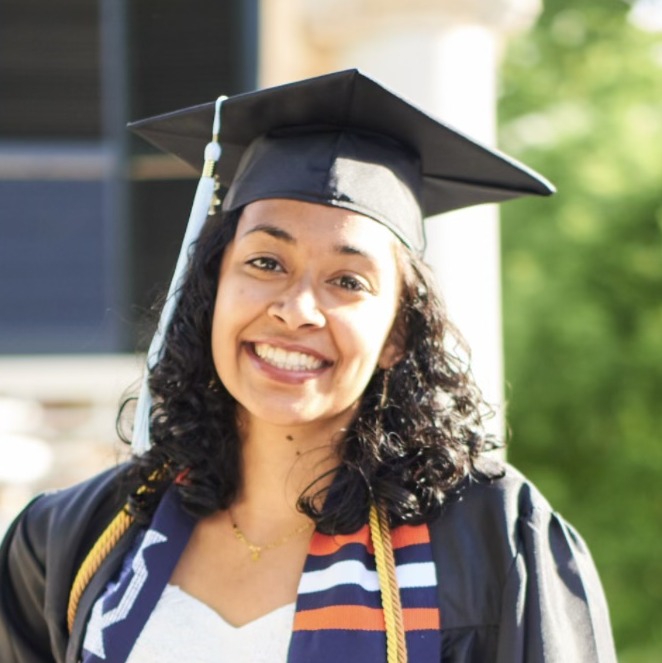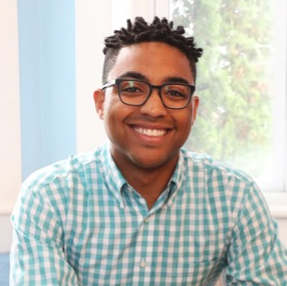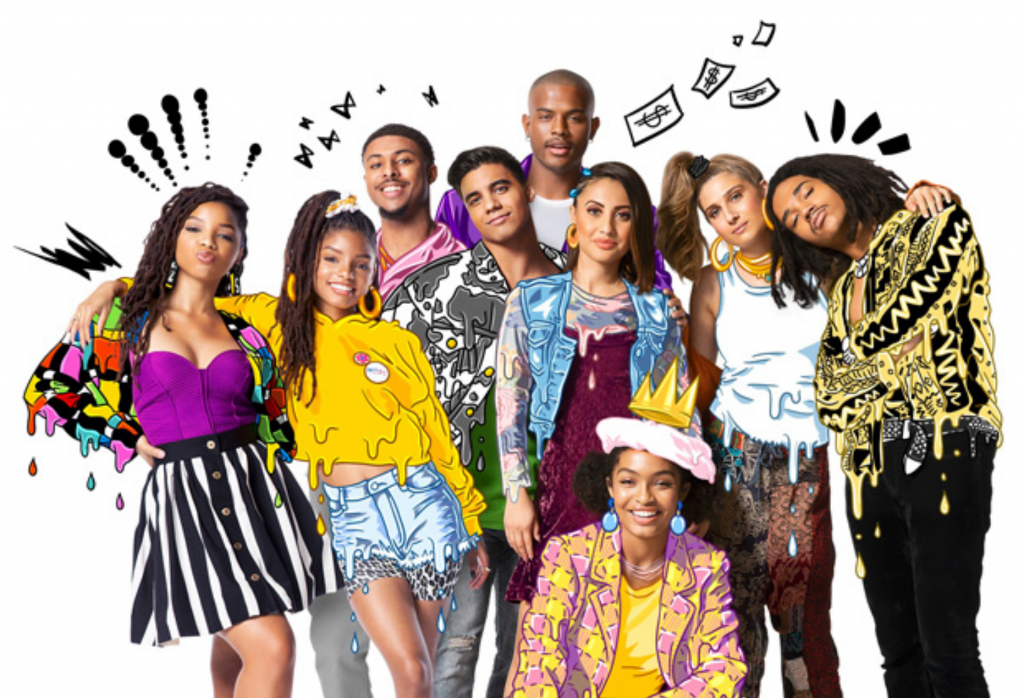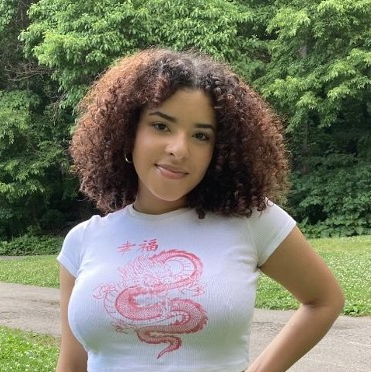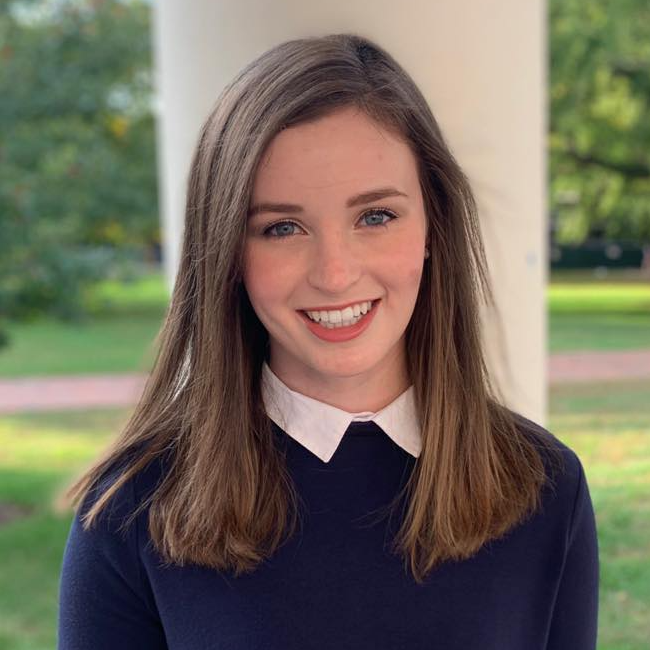By: Ashlee Sjogren, Detajha Woodson & Faith Zabek
In this inaugural post of our Middle School Redesign series, we introduce you to the themes uncovered during our RMS Listening Tour by focusing on descriptions of a dream middle school.
Highlights:
- The Remaking Middle School initiative is re-envisioning the middle school years as positive and transformative educational experiences for all young adults, and has been conducting a Listening Tour.
- During the Listening Tour, educators, parents, and community members shared what they thought is key to middle school redesign efforts, and these findings have been organized into themes.
- Highlighted in this introduction blog are those themes around student voice and collaboration, developmentally supportive curricula, a whole child approach that supports social-emotional development, and the physical environment of the school.
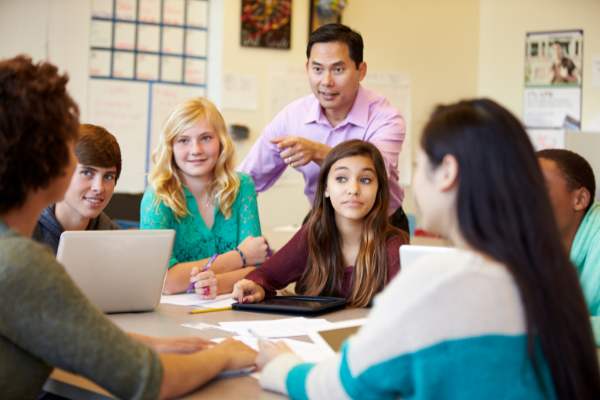
Imagine that you had the opportunity to completely redesign the middle school experience. What would your dream school look like? How would it support the unique needs of early adolescents? We posed this question to over 100 middle school educators, parents, and community partners during our nationwide Remaking Middle School (RMS) Listening Tour. This is what we heard.
Student Voice/Collaboration in Decision Making
Educators and parents alike highlighted the importance of centering middle school redesign work with students’ voices. They discussed how students need to be consulted before any redesign work begins. One administrator explained this, noting:
“We’ve always thought, well, if the kid had the choice whether or not they would come to your classroom … would they? And we saw in the last few years, the answer to that for some kids was, no. They wouldn’t. So, how do we change that? I think we change that …by asking kids. So, that question that you just asked me, I wouldn’t answer it. I would pose that question to 615 adolescents.”
Our data suggests that the voices of adolescents should be the first and the loudest. However, eliciting student voices did not go far enough. Instead we must bring students into the conversation as equal collaborators in decision making. Another administrator exemplified this narrative stating, “the governance of the place needs to be… in such a way that there are student representatives in school boards, students who are on the admin team. … Don’t talk about them, talk with them…”. Taken together, this suggests that design work should both begin and end with students, fostering opportunities for continued collaboration and idea sharing throughout the entire process.
Developmentally Supportive Curriculum
Educators and parents also voiced a desire to redesign the middle school curriculum, opting for curricula that are developmentally responsive to the needs and assets of middle school students. For example, many highlighted developmentally supportive strategies such as fostering failure-safe educational contexts, teaching content with real world applications, emphasizing cross-curricular connections, and assigning experiential / project-based learning activities. Underlying all of these suggestions is a focus on getting students away from the traditional siloed approaches to learning out of context. One youth development worker highlighted their desire for: “more project-based, community-based learning opportunities, where it’s integrative — you know, it’s not a singular subject matter but it’s integrated subjects working… all connected together on topics and exploration.” Strategies of this sort foster more opportunities for students to engage in a curriculum that is both supportive of their developmental needs (e.g., autonomy, socialization, risk taking,) and fosters more opportunities for critical thinking.
SEL/Whole Child Approach
Many of the parents and educators that we spoke with envisioned redesigning middle school so that it prepares students not only to excel academically but also to thrive personally. Their dream middle school cultivates a climate that supports whole-child development and equips students with the social-emotional skills necessary to succeed in school, work, and life. One school administrator described, “I think there’s this aspect of social-emotional learning and creating safety and spaces for, honestly, particularly middle schoolers to just learn how to be little humans.” Stakeholders also spoke of the need for educators to establish meaningful and healthy relationships with each student and to acknowledge their students’ unique strengths. One parent described:
They treat each child as an individual, like, human being, who is celebrated for all their weirdness. There are so many weird, happy, wonderful kids. That’s what middle school should be, right? That to me is the basic difference of the [ideal middle] school and everything kind of builds from there. The teachers are focused on the kids as individuals. They’re helping them interact [and] grow.
Respondents highlighted specific strategies to support social-emotional development (e.g., restorative justice approaches, mental health services, school-home-community partnerships) and emphasized the importance of centering equity in redesign efforts: “there’s got to be a principle of equity and universal human value that can’t be compromised.”
Physical Space
Several participants believe that a traditional classroom layout simply “doesn’t work for middle schoolers because it’s completely counter to the way their bodies are growing.” In many traditional school settings, students are confined to their desks with the exception of transitioning to and from classes, lunch periods, and bathroom breaks, not providing adequate time to socialize with peers or exert energy outside of designated recess and physical education periods. One middle grade administrator stated that he would combat this by creating “a common area that was a place where students can sit, and hang out, and talk” as well as “a big outdoor learning area, an interactive garden.” While several participants focused on the significance of including opportunities for social interaction amongst students and outdoor learning, others spotlighted the importance of making learning spaces visually appealing to students. One middle grade parent shared his ideal classroom“would be bright, definitely bright. I hate the white walls. The kids hate the light walls, the fluorescent lights, and just the plain floors. It would be just brightly colored, because that’s the middle school personality.” Adolescent years are known for being a time of transition and self-discovery. They are anything but boring, “so why are we putting them in boring classrooms?”
Interested in learning more about these ideas? In future Middle School Redesign posts, we will dive deeper into each theme, exploring stakeholders’ perspectives on what is and is not working in middle school education as well as how research aligns with their observations. We are currently discussing these ideas with youth to add their essential perspectives to this work. Are you a middle grades student or know one who might be interested? Have them reach out to us: Youth-Nex@virginia.edu.
The Remaking Middle School initiative is an emerging partnership working to build and steward a new collective effort for young adolescent learning and development. Founding partners include the University of Virginia Youth-Nex Center to Promote Effective Youth Development, the Association for Middle Level Education (AMLE), the Altria Group, and the New York Life Foundation. We are seeking to ignite conversation, action, and a movement to re-envision and remake the middle school experience in a way that recognizes the strengths of young adolescents and ensures all students thrive and grow from their experiences in the middle grades.
If you have any comments or questions about this post, please email Youth-Nex@virginia.edu. Please visit the Youth-Nex Homepage for up to date information about the work happening at the center.
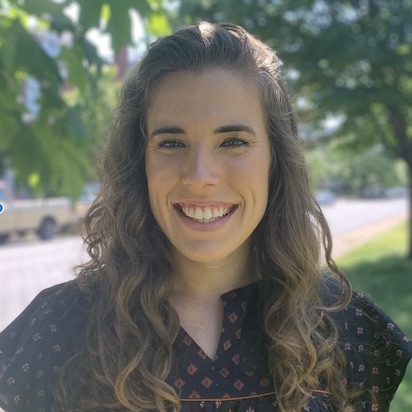
Author Bio: Ashlee Sjogren, Ph.D. is a postdoctoral research associate at Youth-Nex: Center to Promote Effective Youth Development, University of Virginia. Her research is broadly focused on equitable education both in- and out-of-school. Most recently, Dr. Sjogren has investigated student access and engagement in out-of-school contexts. As an educational psychologist, Dr. Sjogren often brings both a social context and motivation lens to understanding questions of equity, access, and motivation.
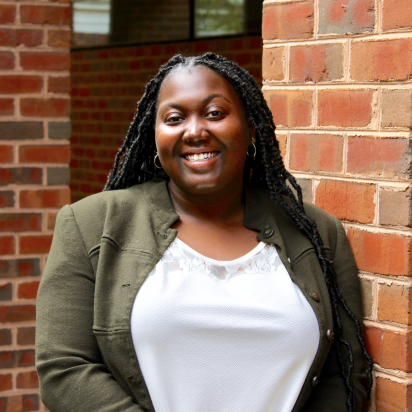
Author Bio: Detajha Woodson is the Program & Outreach Associate at Youth-Nex: the UVA Center to Promote Effective Youth Development. She received her Bachelor of Arts from the University of Virginia. Detajha contributes a practitioner lens which stems from her professional experience working in education-focused nonprofits.
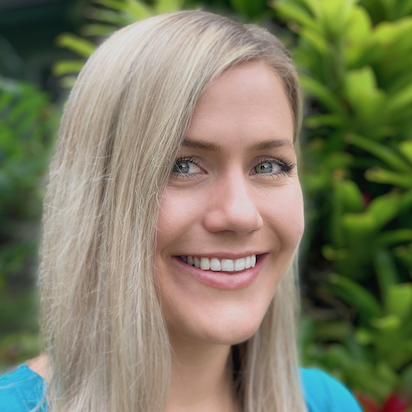
Author Bio: Faith Zabek, PhD, NCSP, is a postdoctoral research associate with the Virginia Partnership for School Mental Health (VPSMH) and the Remaking Middle School (RMS) project at the University of Virginia. Her research investigates youth wellbeing through a bioecological lens, with a focus on school mental health and school climate. She is interested in exploring the ways in which contexts and interactions impact student and school outcomes as well as how research-practice partnerships can facilitate youth success.
